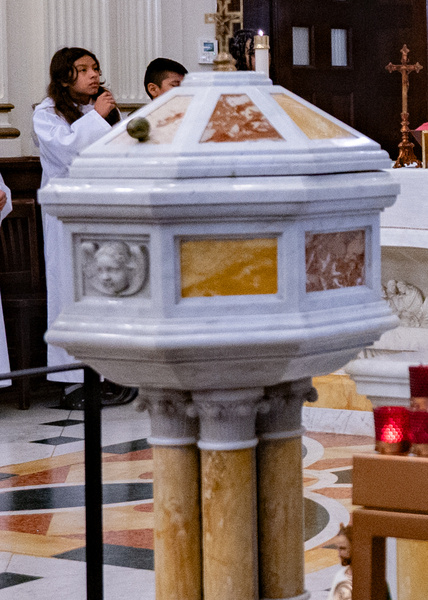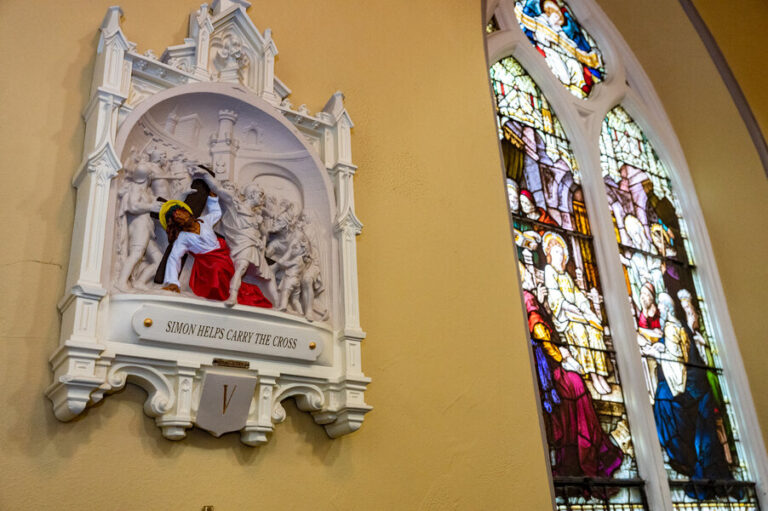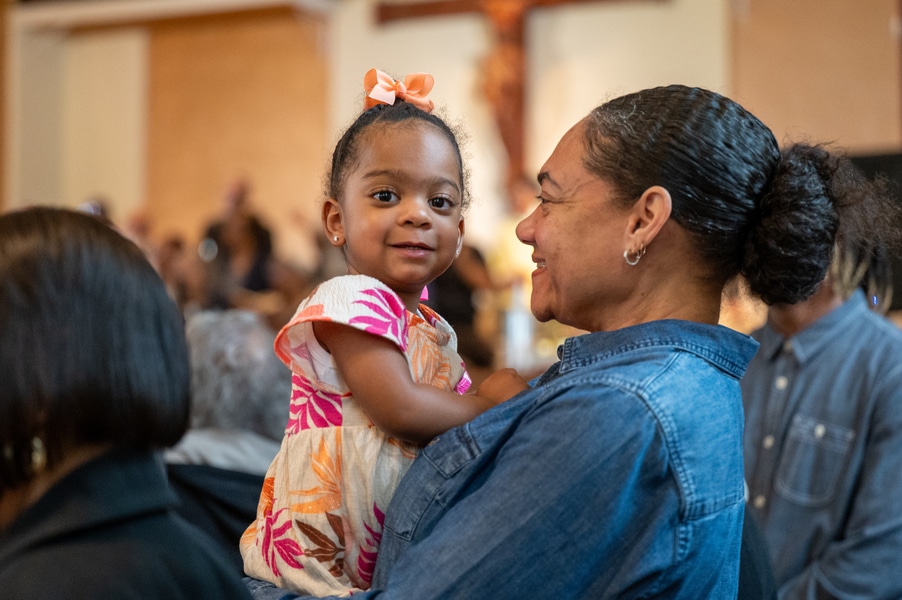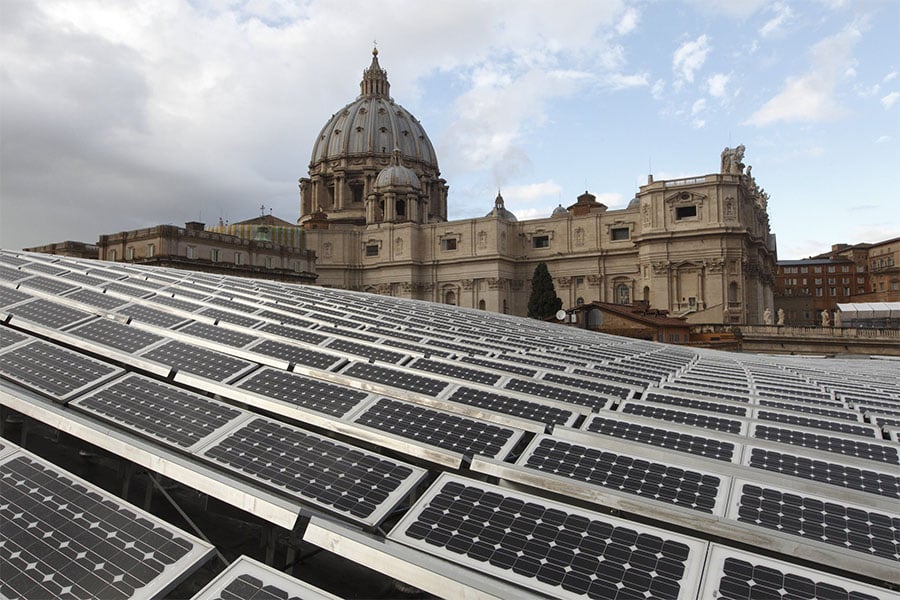A speaker at a Seek the City to Come listening session said the “devil is in the details” when wondering what was to become of property that will be decommissioned in Baltimore City and Baltimore County during the coming months by the Archdiocese of Baltimore.
Well, Nolan McCoy, the archdiocese’s director of facilities and real estate, can provide most of the “details,” and there’s nothing remotely devilish about them.
An archdiocesan leadership committee is in the process of interviewing companies to catalog and photograph items and property in the 61 parishes involved in the Seek the City initiative. Those items include everything from chalices to altars, pews, statues, paintings and Stations of the Cross images.

“We have an obligation to catalog and inventory the history and patrimony of our churches,” McCoy said.
Once the archdiocese catalogs everything, the parish will make the final decision on what items will stay at its worship sites or be moved from closing churches to the new merged parish sites. Excess items then will be offered for sale through liturgical companies hired by the archdiocese.
McCoy emphasized that the archdiocese would not warehouse items on its own from the nearly 30 churches that could close. The warehousing of items will be done by the liturgical companies.
He also noted that all worship sites will remain open for special events such as a wedding, baptism, funeral or special liturgy until they are decommissioned and deconsecrated.
“Nothing will be vacant,” McCoy said.
Each parish also will decide on future uses for building and properties; whether it wants to sell, lease or repurpose the site.
“Some parishes will move quickly, others might take a little more time to decide if they want to use the space for things such as a day care center, affordable housing or some other form of evangelization,” McCoy said.
Once a parish’s leadership makes the decision to sell a building, it could take years for the property to change hands.
“It’s a lengthy process and could realistically take up to five to 10 years,” McCoy said. “You have to engage with the community, political leaders and the faithful.”
When properties are sold, he said, the archdiocese would ensure they are used properly in the future by including deed restrictions in the property titles as part of the sale.
“It’s important to us that the building will remain an important part of the community,” McCoy said.
He also reiterated that the value of properties did not factor into the archdiocese’s decision on which churches to close.
“The decisions were all people-based,” McCoy said. “Everything was done with evangelization in mind. How are we present in a community? The value of properties was not a variable in the decisions. We wanted to make sure that going forward that these properties are assets to the communities, not liabilities.”
Once any building or item is sold, the revenue will remain in the newly formed parish, other than funds needed to support the parish’s pension obligations. According to Canon Law, the property of a parish follows the territory and people moving to a new parish.
KEY POINTS
Timeline: All worship sites will remain open for special events such as baptism, funerals and weddings until they are officially decommissioned. Most will not be decommissioned until Dec. 1, 2024 or later in 2025. Once they are decommissioned, it could take up to five to 10 years for the site to be repurposed.
Where will funds go? Other than obligations to the parish’s commitment to the archdiocesan pension fund, all proceeds from any sales of property or religious items will remain within the newly formed parish.
What happens to buildings and items in the meantime? Buildings will be maintained and checked on daily. Parishes will be offered the option of using an archdiocesan-selected real estate management firm. All items in closing churches will be cataloged, and the parish will make the final decision on what items will stay at its worship sites or be moved from closing churches to the new merged parish site. Excess items will then be offered for sale and warehoused through liturgical companies hired by the archdiocese.
Email Gerry Jackson at gjackson@CatholicReview.org
To view the Seek the City to Come final plan and a map showing new parish configurations, visit archbalt.org/seekthecity.
Read More Seek the City to Come
Copyright © 2024 Catholic Review Media








